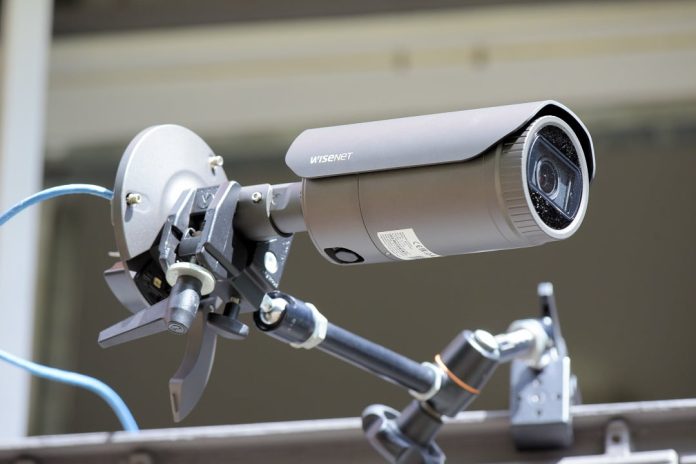Hanwha’s Wisenet PNO-A9081R AI, IR, 4K day/night bullet camera is a rugged surveillance solution with an excellent specification list that synthesises pretty much everything the respected Korean manufacturer knows about CCTV (and video analytics) into a single package.
Hanwha’s Wisenet PNO-A9081R AI, IR 4K Bullet features 4K resolution, 0.05 lux minimum illumination in low light, or 0 lux with IR activated, offers H.264, H.265 or WiseStream compression options, IP66/IP67, IK10 and NEMA4X ratings against water dust and vandalism, has a 4.5-10mm (2.2x) motorized varifocal lens with quick zoom, a 30-metre IR range, an adjustable sunshade and plenty more.
Out of the box, the cast-alloy PNO-A9081R has great hand feel – this camera is built to last – and setting it up is straightforward. Typical power draw is slightly more than a dome camera at 16W but it’s well within PoE range. Weight is a touch under 2.5kg. The PNO-A9081R has a pair of SD/SDHC/SDXC slots offering 512GB, onboard memory of 4096MB RAM and 512MB flash, operating temperature is good at -40 to 55C, and power consumption using PoE is 20W maximum, or 18W maximum using 12V DC.
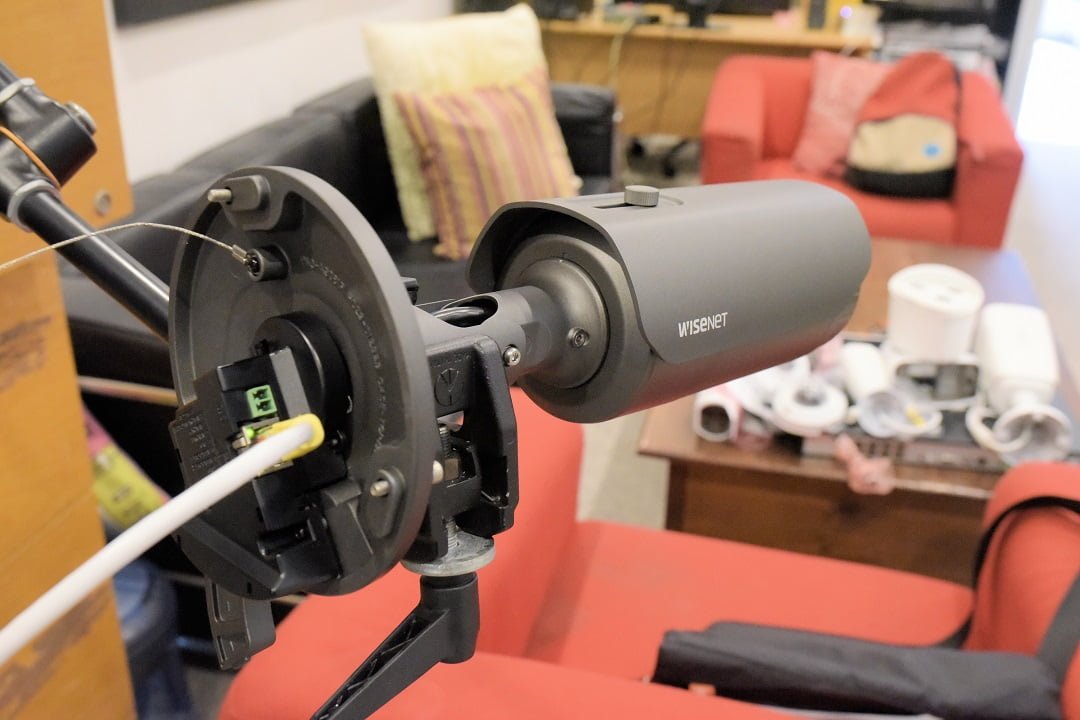
Taking care of imaging is a 1/1.8-inch CMOS sensor delivering 30ips and offering resolutions up to 3840 x 2160 pixels – to maximise the performance of this camera’s digital zoom, we stick with this 4K resolution for our test. The 4.5-10mm zoom offers a horizontal angle of view from 101.4 degrees at the wide end through to 45.5 degrees at the narrow – we tend to settle around 7-7mm focal length in our street tests and do so again with the PNO-A9081R.
Interesting is the aperture range for the lens – it’s F1.6 at the wide end, which is not particularly fast – and it’s F2.65 at the long end, which is not particularly slow. In our test we found low light performance at the long end to be better than average. The lens has a P-iris lens with Simple Focus focus control and there’s a hyperfocal length of around half a metre.
Other features of the camera include video out CVBS and Micro USB (Type B) to assist with commissioning, camera title display, auto day/night functionality, backlight compensation BLC, WDR, SSDR, digital noise reduction (SSNR), digital image stabilization managed by an integrated gyro sensor, motion detection via 8 polygonal zones, privacy masking via 6 rectangular zones, auto gain control, white balance (ATW/AWC/manual/indoor/outdoor), LDC support, electronic shutter speed minimum/maximum/anti-flicker (1/5~1/12,000sec), video rotation flip, mirror, and hallway view options, including 90-degree and 270-degree offset.
Alarm events can be uploaded via FTP or email, notifications can be sent by email, alarm events can trigger SD/SDHC/SDXC or NAS recording, and there’s an alarm output for integration with security systems triggers. There’s audio in via inline microphone and audio out. There’s also an alarm I/O of 12V DC at 50mA, with alarm triggers including analytics, network disconnection and local sensor input.
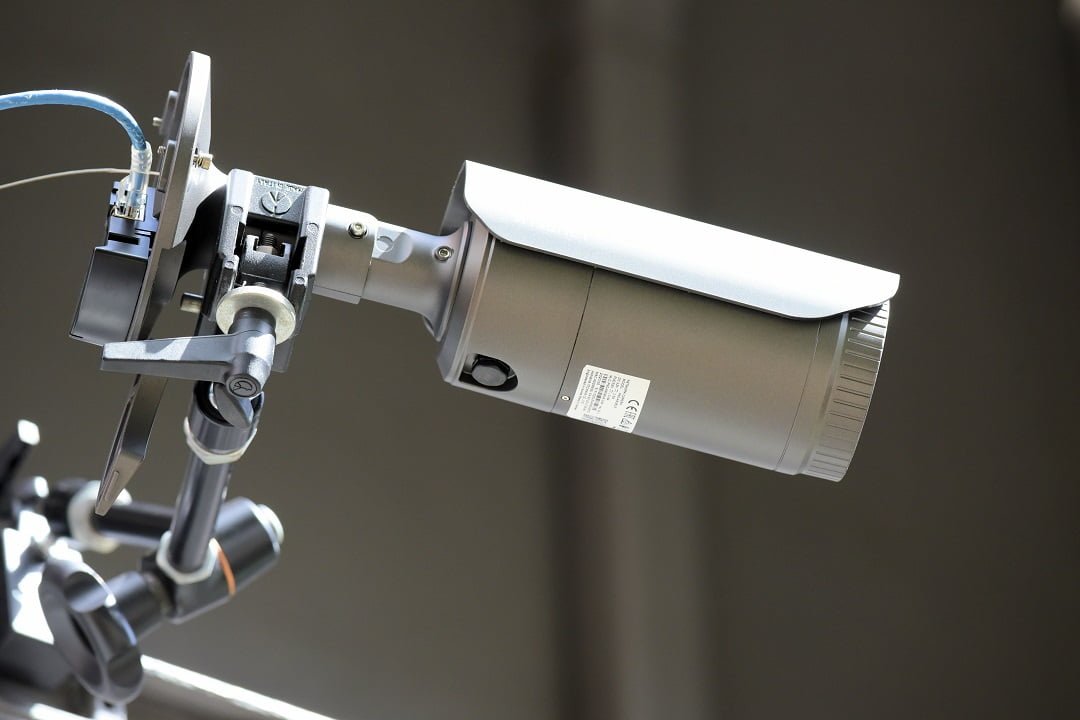
On the network side, the camera features a shielded RJ-45 connection, offers H.265/H.264 Main/High or MJPEG compressions, has audio compression options of G.711 u-law /G.726 with selectable bit rates, features a smart manual codec settable across 5 areas, has WiseStream, has CBR or VBR bitrate control of H.264 and H.265 streams, while MJPEG is managed by VBR. There are 3 streaming profiles supporting 6 users via multicasting.
There’s a stack of IP protocols supported ,and security settings include HTTPS(SSL) login authentication, digest login authentication, IP address filtering, user access log, 802.1X authentication (EAP-TLS, EAP-LEAP), device certificate (Hanwha Techwin Root CA) and secure boot. When it comes to programming, there’s ONVIF Profile S/G/T, SUNAPI (HTTP API) and Wisenet open platform.
Hanwha PNO-A9081R’s video analytics include classified object type – person, face, vehicle and license plate with attributes, and BestShot per object displayed. Analytics events can include things like object detection, face mask detection, directional detection, digital auto tracking, enter/exit, loitering, virtual line, as well as defocus detection, motion detection, appear/disappear, tampering, audio detection, sound classification and shock detection. There’s also business intelligence with people counting, age, gender, queue management, and a ‘heatmap’ generated by the AI engine that shows busy areas.
The analytics engine meets the DORI EN62676-4 standard) for detect (25PPM/8PPF) with range for wide being 62.9m, while tele is 183m; observe (63PPM/19PPF) with range being 25.1m for wide and 73.3m for tele; recognize (125PPM/38PPF) with range for wide being 12.6m and 36.6m for tele; and identify (250PPM/76PPF), with range being 6.3m for wide and 18.3m for tele.
Test Driving The PNO-A9081R 4K Bullet Camera
It took me a bit longer than usual to wrap my head around getting the camera set up and commissioned (thanks to Nour from CSD for the help). I had a browser issue with IE, then wasn’t on top of quick zoom and focus for 10 confusing minutes, but once that was comprehended, the PNO-A9081R bullet just went on impressing. In this test, the camera is close to default, with low WDR activated and analytics turned on – perhaps the WDR setting is not perfect for my variable day, where the camera is dealing with deep shade then bright sunlight (72,000 lux), but it comes very close. In the bright moments, image quality is first class.
First impressions are excellent handling of backlight, great resolution that delivers awesome digital zoom at your mouse wheel, strong resistance to blooming, very true colour rendition with excellent contrast – sharpness is a strength, too, and the camera is particularly good with moving plates. The strong resolution is everywhere – it’s great closer up and it’s fantastic deeper into the scene – that depth of field is a huge strength. Motion blur is low, chromatic aberrations are quite well controlled and there’s some mild barrel distortion at the wide end that you zoom through at around 6mm.
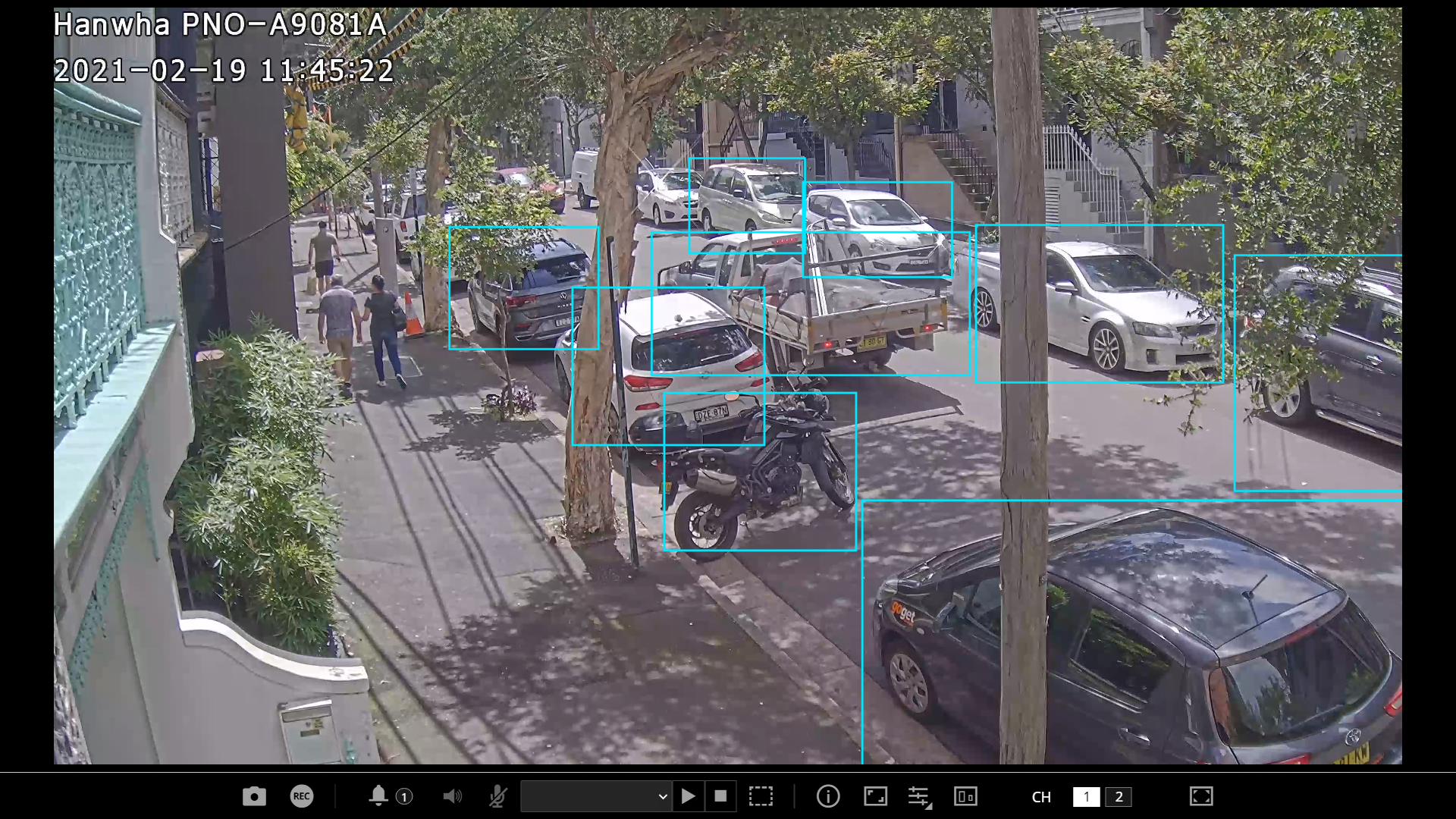
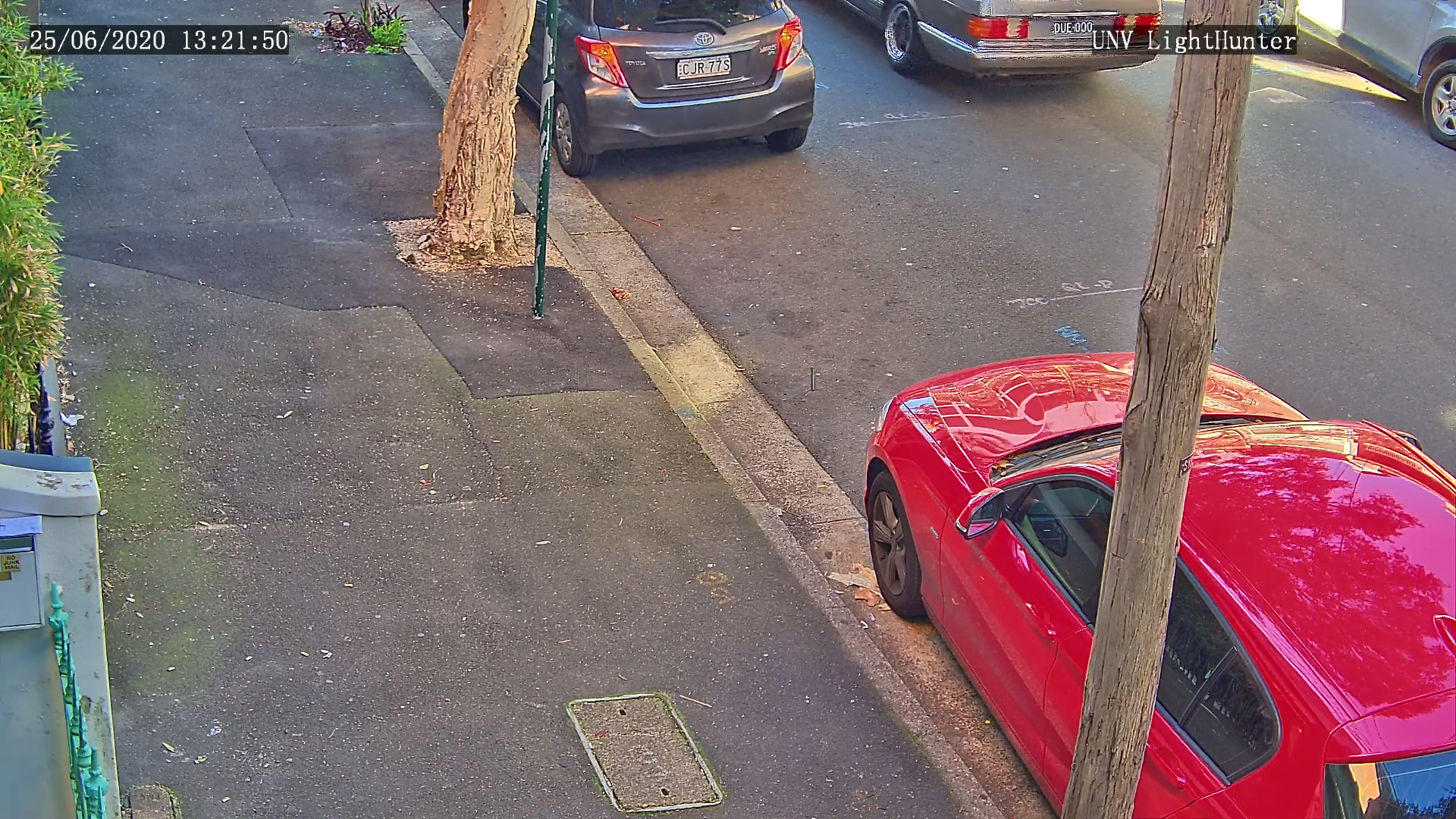
Something else I liked was analytics with subject classification – on the street this works well – it’s very accurate and the BestShot allows super-fast search based on clothing or hair colour – these attributes are highlighted alongside subject snaps. Importantly, BestShot objects are selectable – in this case the function is set to people and faces. It’s a neat solution that chugs away in the background snaring subjects and displaying them after subjects move through a scene.
Hanwha’s AI functionality is sufficiently good that during my test I found it hard to decide whether to run the camera view in full screen or with BestShot displaying its selection of identifiable faces on the left of the viewer screen at all times – at night I found myself favouring the latter option, but I was drawn to BestShot during the day, too.
I tested the camera via the browser, but Hanwha says it has deep integration with Milestone and Genetec which works very well – we can believe that – the PNO bullet is a solid performer. Driving the zoom via the browser was not as intuitive as a VMS would be, but the digital zoom almost made up for that in my application thanks to the strong resolution and the way it empowers your mouse wheel. It’s possible to pull into a scene without it costing too much detail and, in my busy application, this functionality becomes more pleasing the more optical zoom you have applied.
During our test I never got tired of delving into the scene between 35-75 metres using digital zoom alongside an optical focal length of 7mm-plus. You can follow pedestrians and vehicles between branches of trees, through leaves, into cars – there are limitations at the outer edges of the envelope but it’s for great situational awareness.
Starting out front in full sun late morning, I find the camera’s resolution is so strong that I have plates at full wide and that level of detail continues elsewhere in the image stream, with excellent detail of faces, attire and accessories. I have low WDR settings applied and I notice there is a difference between full sun and shade. With 72,000 lux falling on the lens and the sunshade tucked to the rear, there may be a little veiling flare but it’s hard to be certain if what I am observing is not a touch of overexposure. At wider lens settings there are CAs in high contrast areas of the image and barrel distortion looks to be around 9-10 per cent, which is stronger than I usually see.
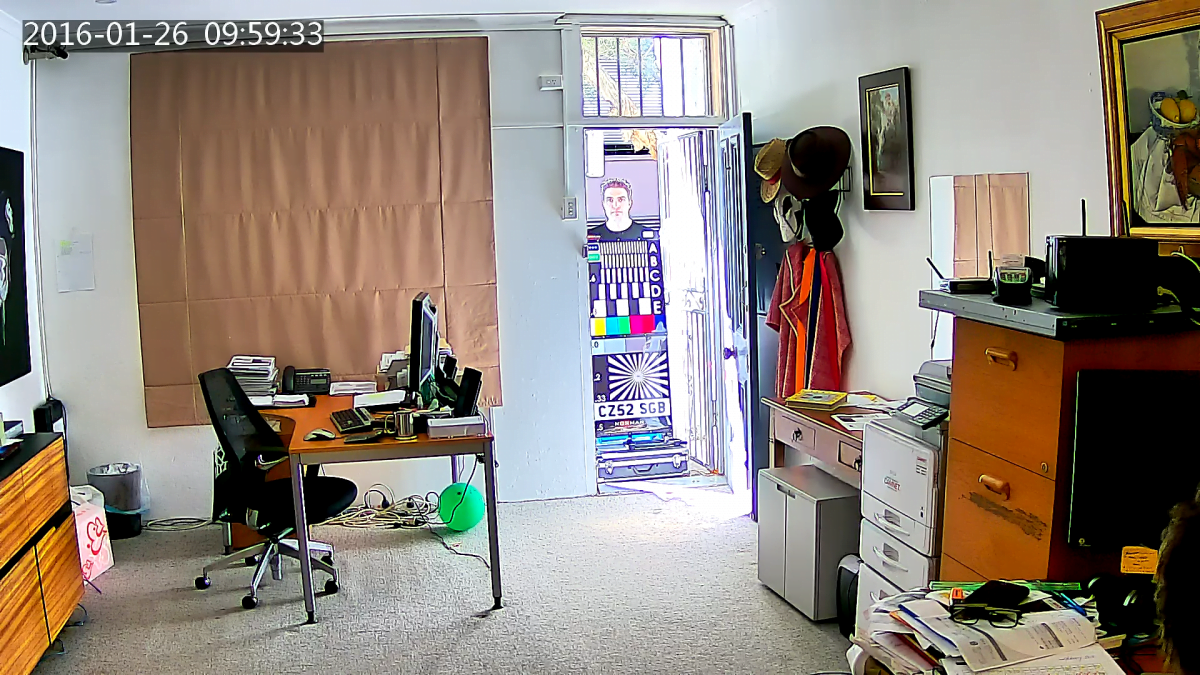
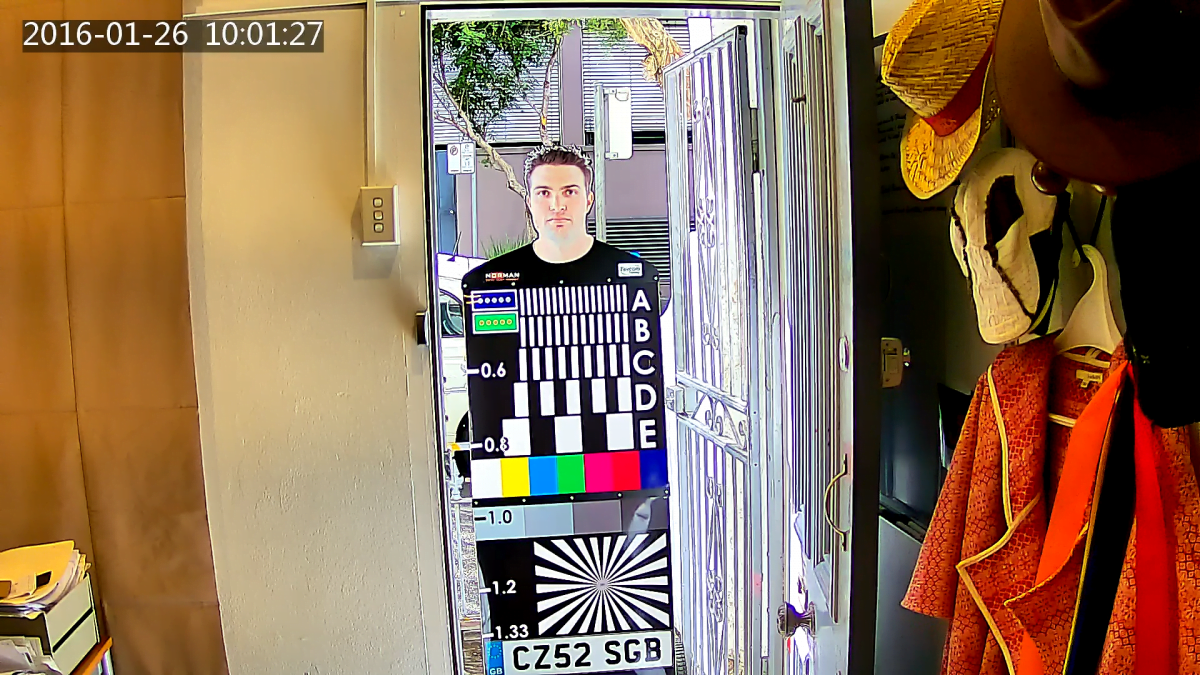
Backlight performance is strong, the image shows slightly low contrast, thanks to that low WDR setting, there’s slight warmth and excellent levels of detail. At this time of the day, I am easily getting court admissible face recognition of pedestrians with the sun behind them.
Winding in to about 5.5-6mm removes the distortion, eliminates the chromatic aberrations, and lets the camera take full advantage of its epic 4K resolution. At this focal length I’m able to get plates at 40 metres and loads of other detail, with excellent depth of field all the way through to Albion Street 90 metres or more from the lens. Something I do notice in shaded moments as clouds cross the sun, is that these details come with a touch less detail that’s not only down to pixel spread – there is very slight blur as the auto shutter drops back. That this effect might be down to some other aspect of camera engine or settings is suggested by the fact it also applies to static faces.
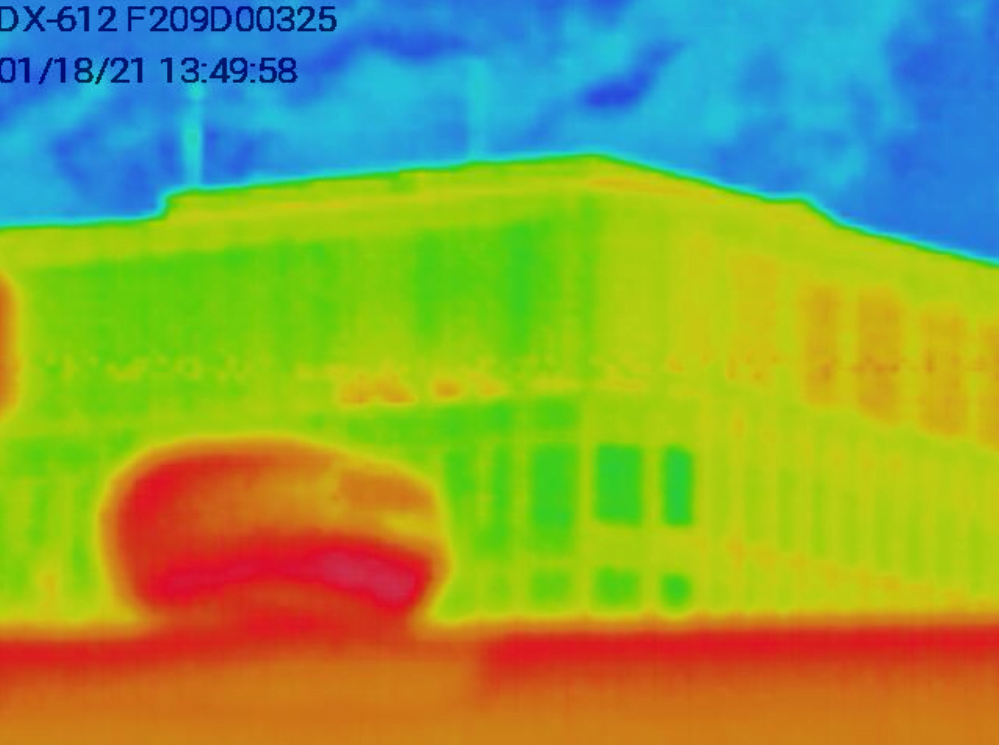
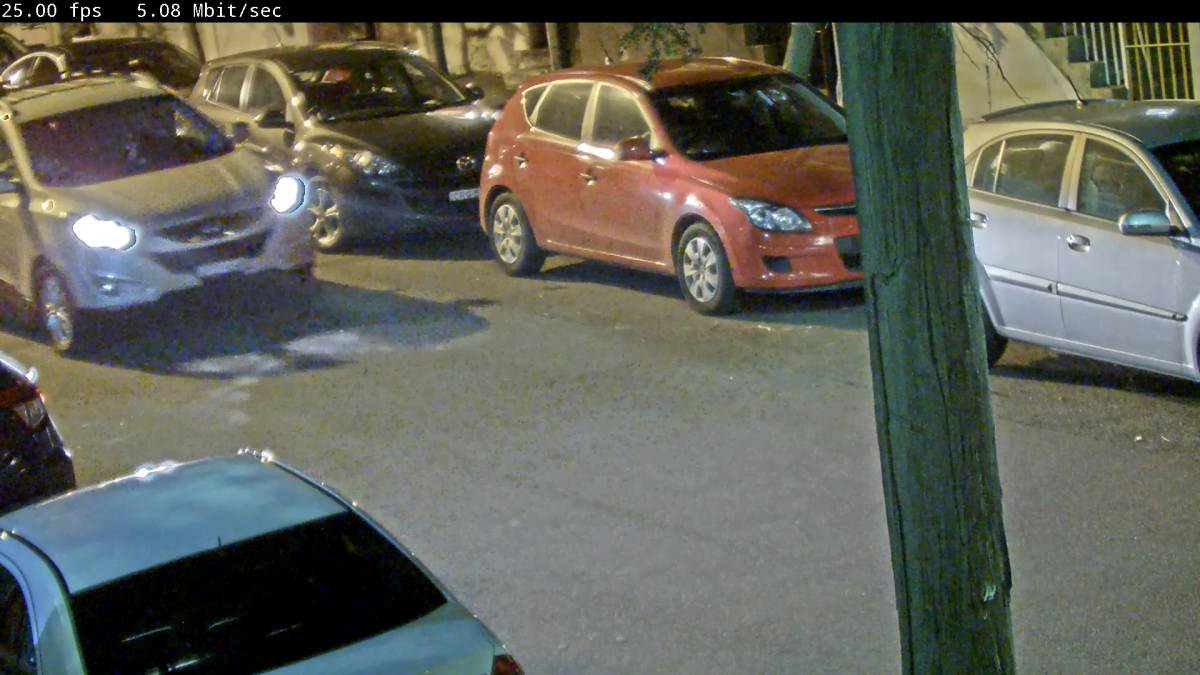
At around 11am, with BestShot displaying faces as pedestrians move through the scene, I’m very happy with the camera’s ability to give me court admissible imagery to about 20 metres. Past this point, BestShot doesn’t snare images and I make an assumption this is driven by pixel counts. It’s an excellent image out here, slightly low contrast, with exceptional depth of field for a mid-focal length lens selection. At one point a tradie from a worksite up the road jogs by and there’s no drama with face recognition – even the low-res BestShot grabs are court admissible.
Around this point I start playing with digital zoom via the mousewheel – the detail would be there in the recordings but it’s interesting to see just how nimble the camera is live. Obviously driving with a deep VMS integration would be ideal but the only time I feel short-changed is when I have to go into settings to zoom in, then hit simple focus, then go back out – the process is fine for commissioning but it’s too slow for real time operations.
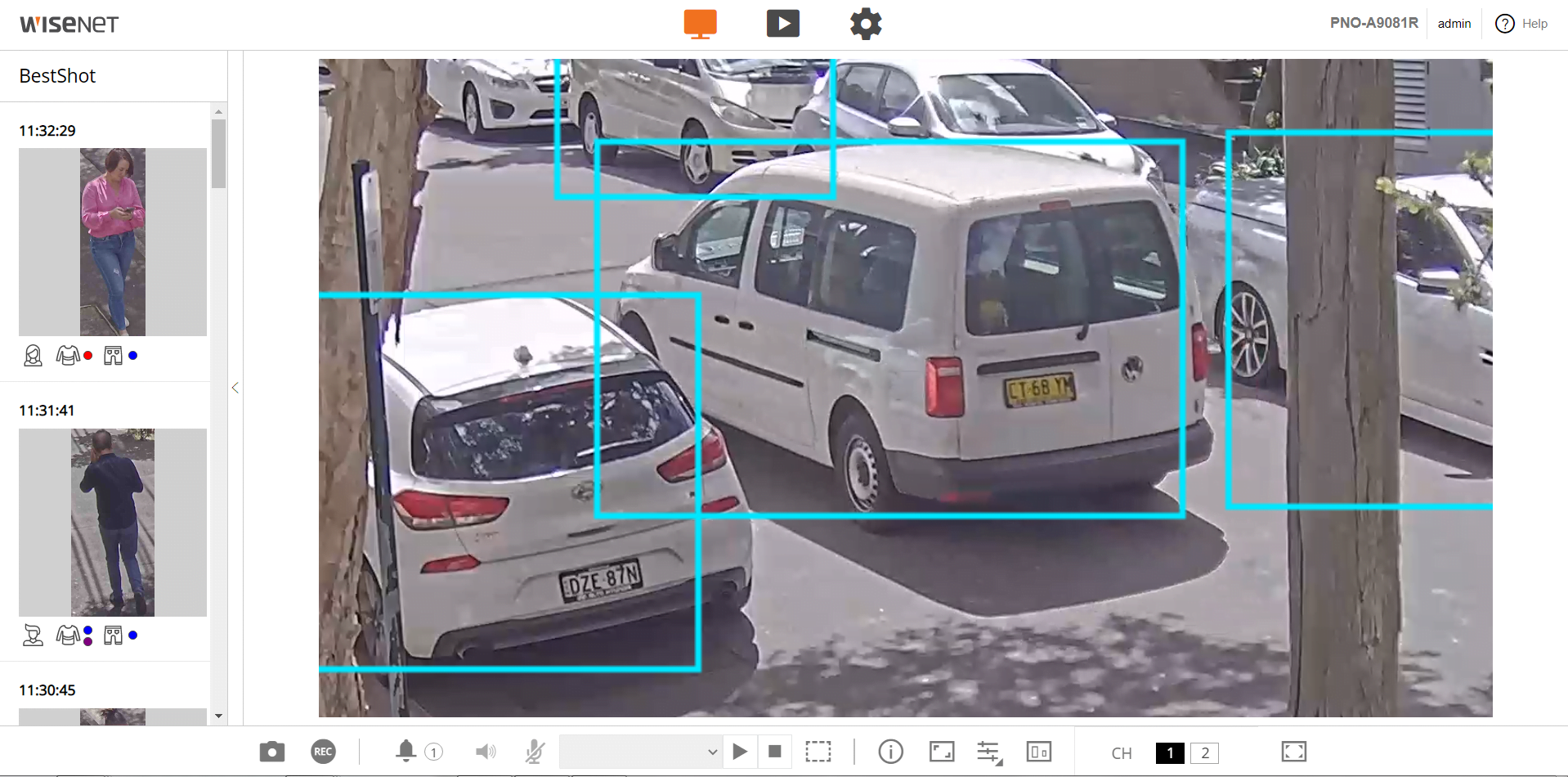
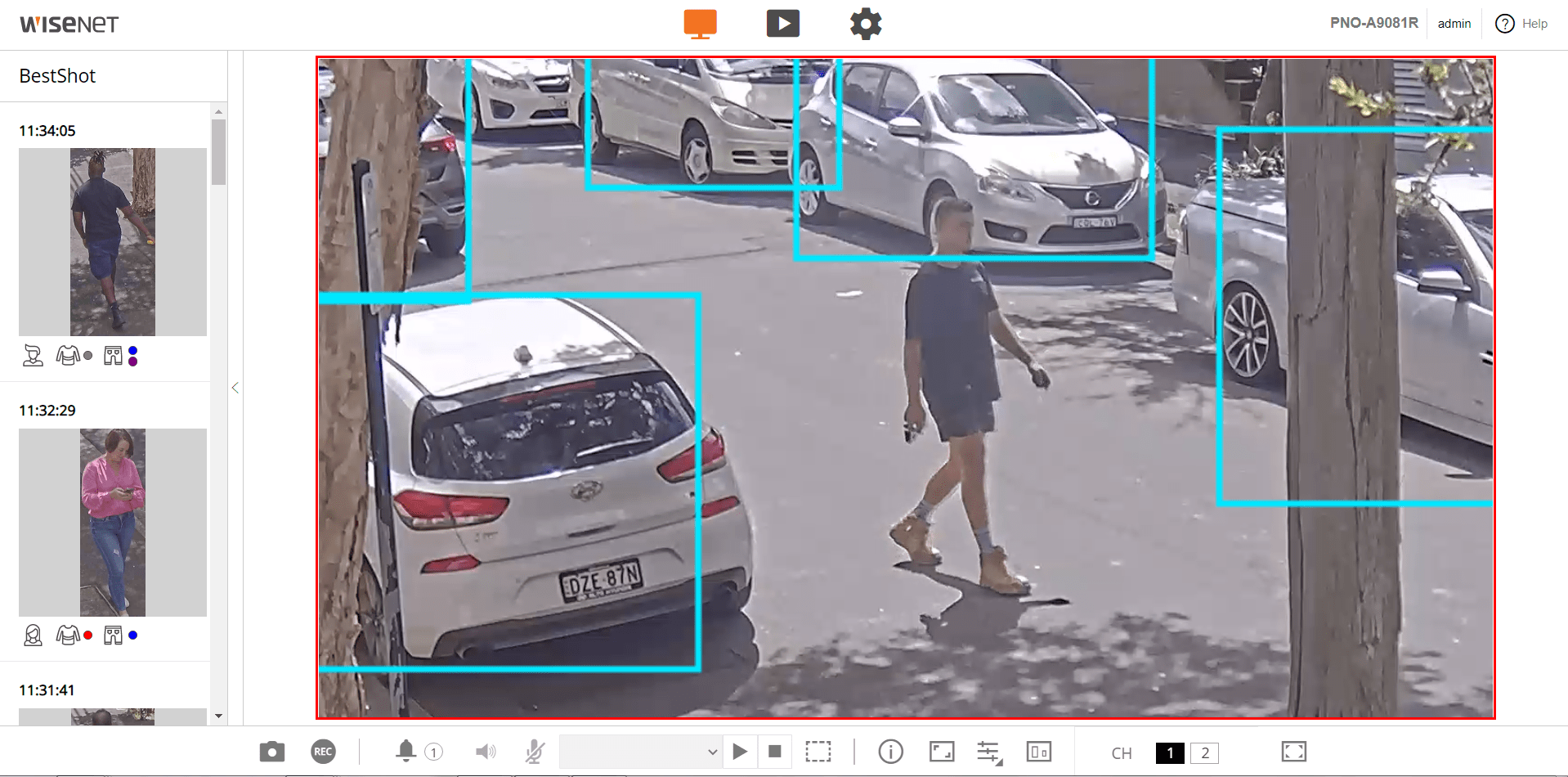
Pulling in with digital zoom gives me the plates I already had in much larger sizes, as well as giving me details I didn’t realise were being captured – items on dashboards, tools in the back of work vehicles, greater situational awareness of what’s going on at longer ranges, I also notice that at around 20 metres with strong backlight I miss a face on the street – that’s probably down to WDR settings and could be dialled out. Regardless, BestShot has already jagged a court admissible image of the person before he walked into sunlight.
Is BestShot the best feature of the PNO-A9081R – yes, I think so. Consider that when a bunch of 7 people walk by after lunch at the Exelsior, walking diagonally across the road half turned away from the lens, BestShot grabs a separate image of all of them, one after another, showing the best possible face ID. Throughout the test BestShot proves adept at presenting the best image of people moving at odd angles. It will even go so far as to choose the image of a person looking slightly to one side when their back is turned to the camera – such a great feature for hard-pressed security operators.
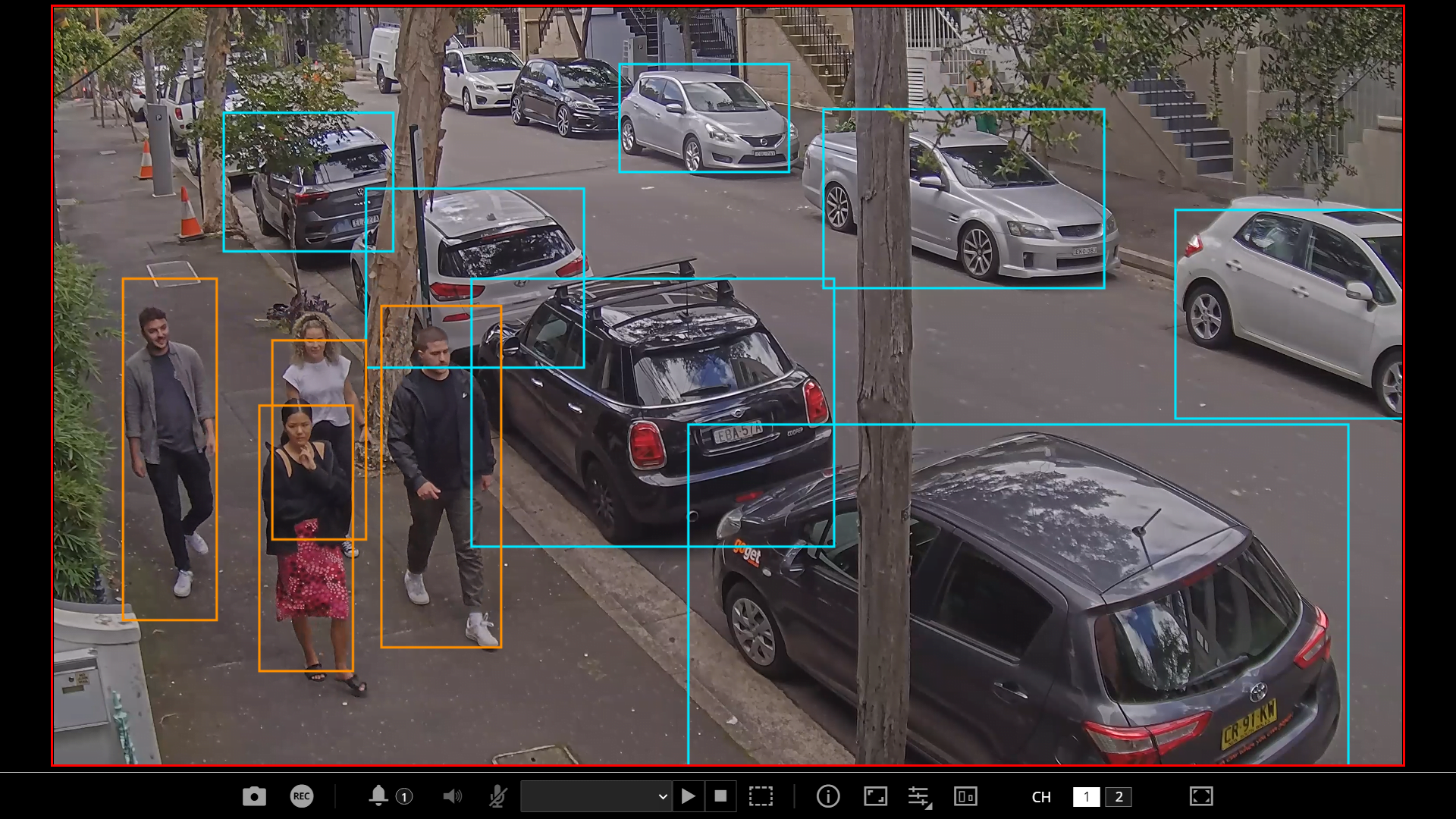
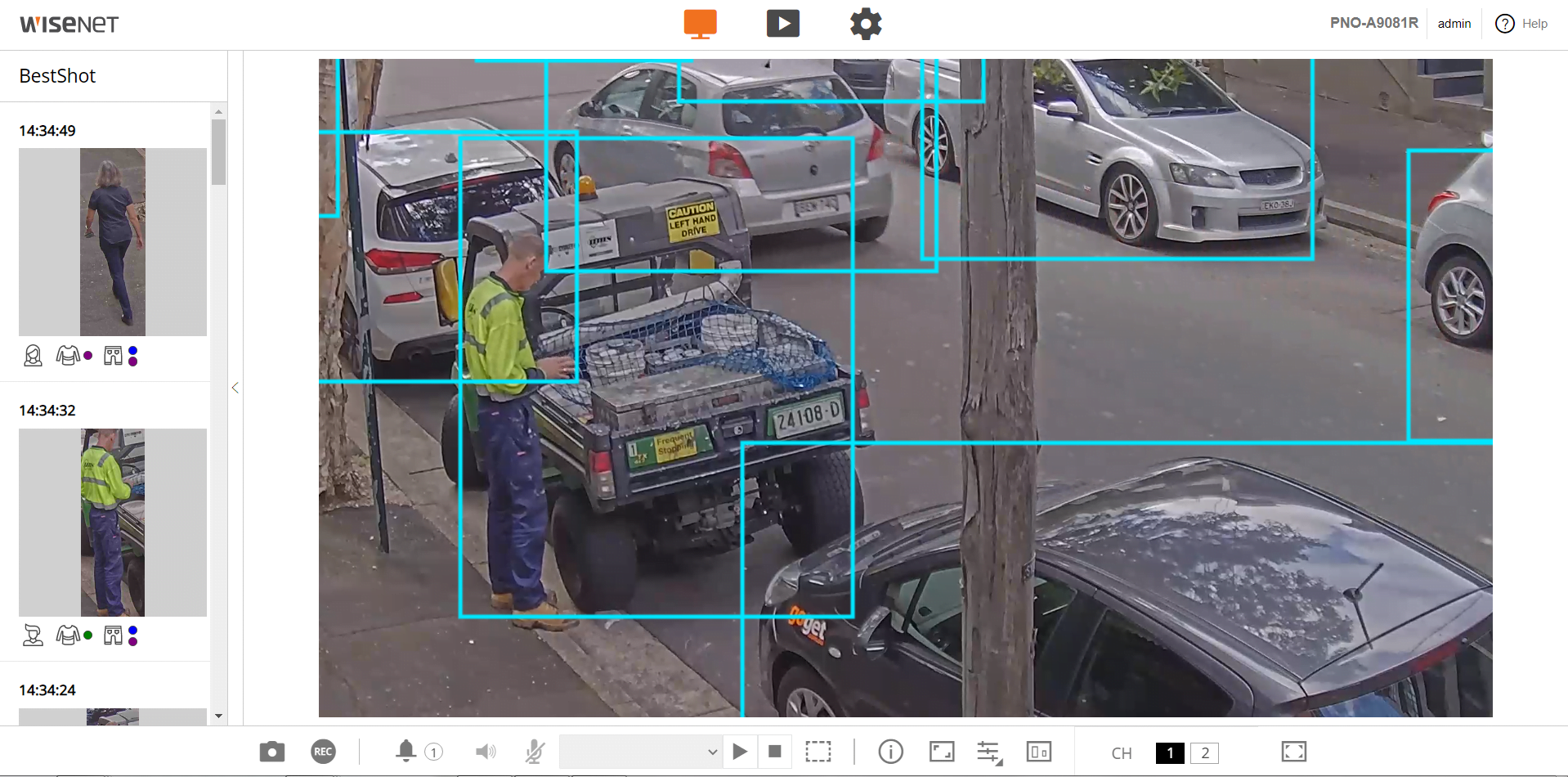
That’s not all, when it comes to the analytics. Underneath each BestShot snap is a little icon showing hair colour, shirt/blouse/jacket colour and pants/skirt colour – the colours are displayed in a little button alongside the relevant icon with the time the image was captured underneath. It’s simple stuff that makes for very easy matching of clothing colours and times. Finding a guy with brown hair, blue jeans and a red shirt at 12.10pm is a matter of pulling down the BestShot slider and not even looking at the images scrolling by until you find your icon/time match. Hanwha’s AI is accurate, too, even with chancy colours like light grey, or seeing subtle differences between navy blue and purple. It’s very impressive.
I should point out here that the camera came with analytics already tweaked – there’s way more AI functionality to chew on, covering vehicles and objects, and if performance with these subjects matches BestShot faces, then Hanwha is doing very well indeed. Something else worth noting is that as part of the camera’s set up every vehicle is highlighted with a blue border, while overall scenes with movement are surrounded by a red border and moving pedestrians have an orange border. Over a couple of days, these ‘tells’ become intuitive.
As the afternoon moves along, the qualities and performance characteristics continue to display themselves. That 4K resolution makes swooping in on more detail with the mouse wheel very easy. As light eases from its highs I start noticing very slight blur in the plates of the fastest moving vehicles, but they are still legible. I also see some quirks of performance where the camera is viewing part deep shade and part full sun, with exposure for the dark majority of the scene leading to slight blur in the bright part of the scene. I should point out that this street work is tricky but it’s nothing some of you aren’t handling on a daily basis.
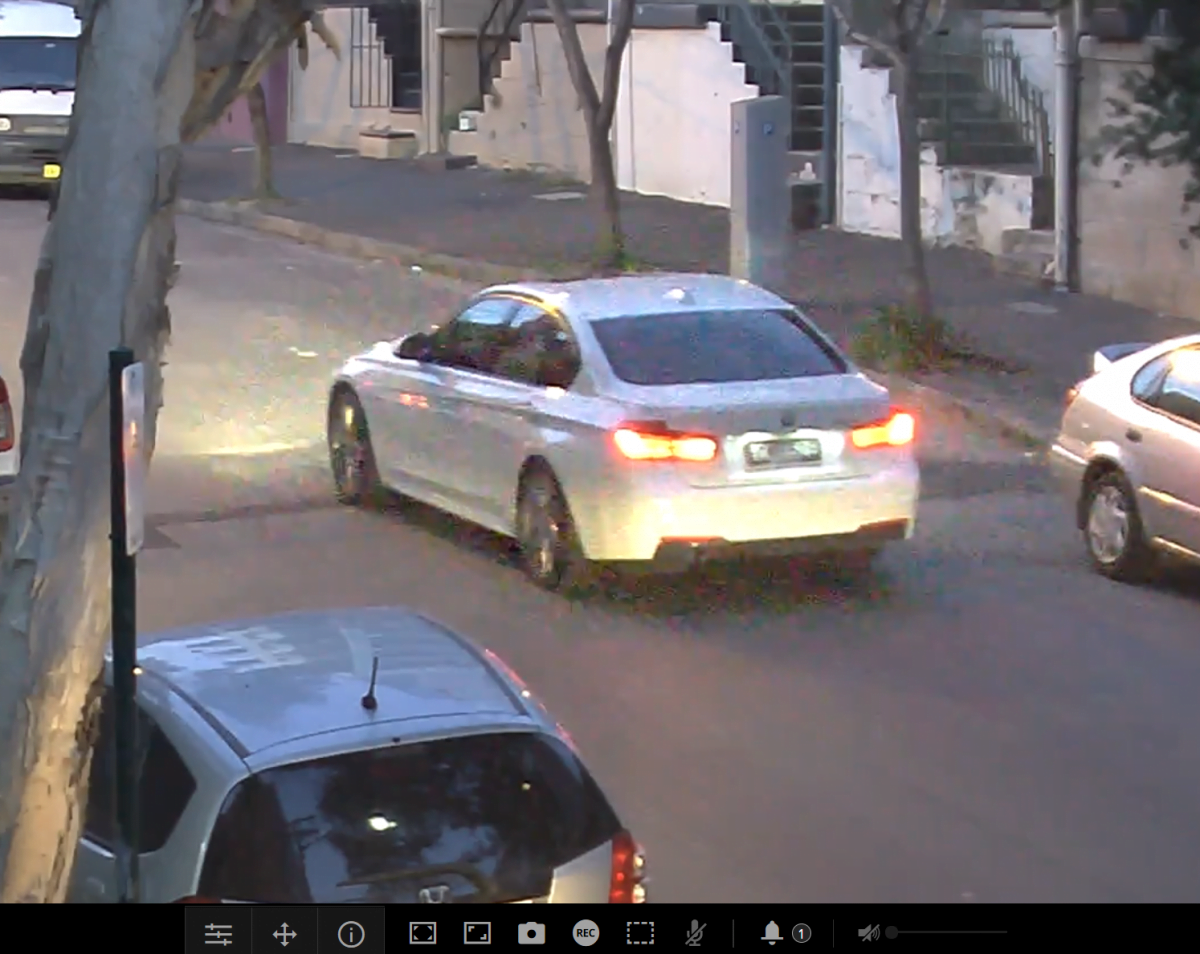
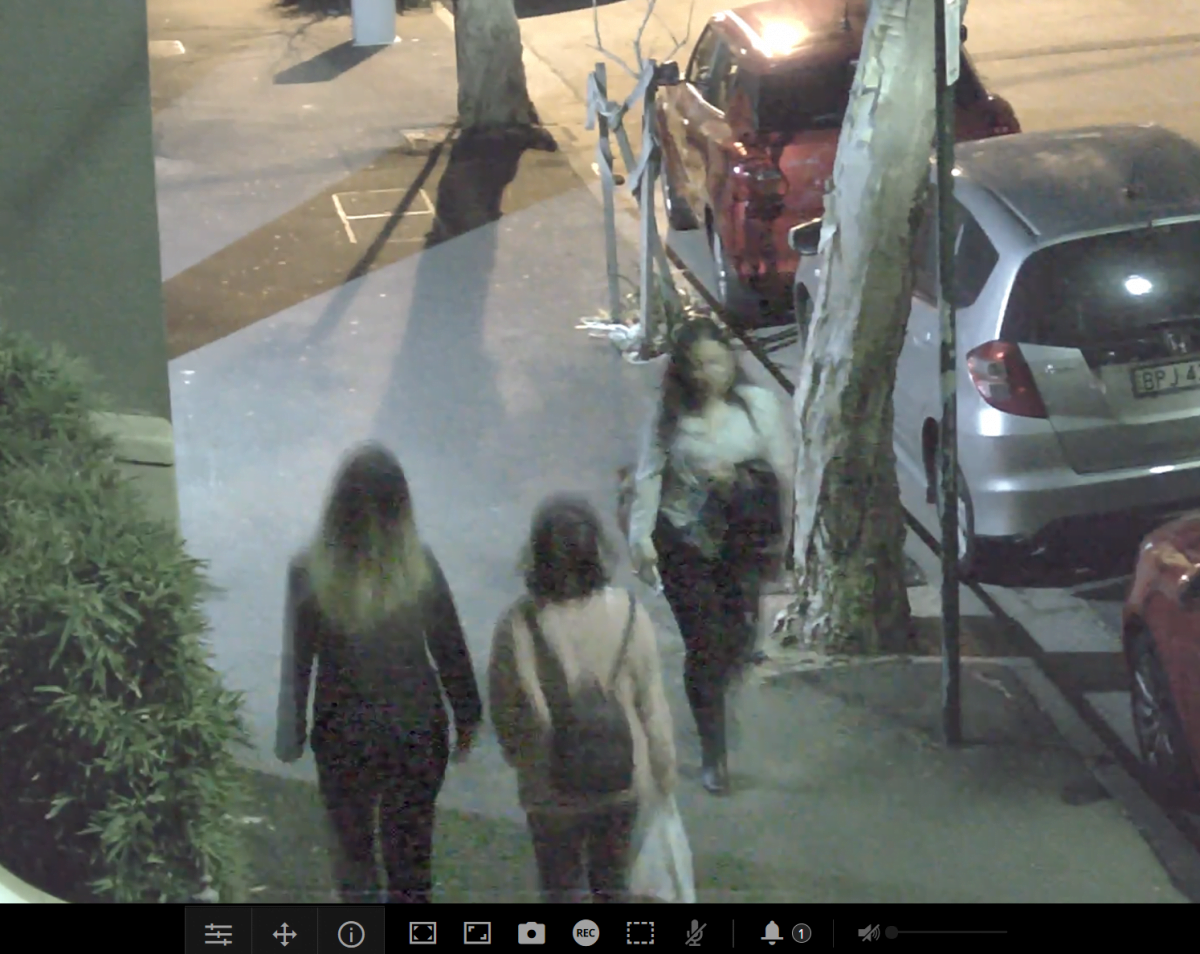
As the light weakens, the resolution of this camera is so strong, I’m still able to pick out parts of fading plates – especially the closest 2-3 digits – until about 7pm. Strong levels of detail are retained elsewhere, especially with faces, attire and accessories, and at all times, BestShot is snapping the best face shots as each subject moves through the scene. This ability to grab the best possible look at every subject continues into the night and it’s always useful, though I note that the lower the light level, the less accurate the colour attribute function becomes.
Regardless, if you’re not getting a face that’s near admissible, you’re still getting shots of subjects showing attire, accessories, companions and context in relation to surroundings. At the same time, I’m still getting useful information in relation to vehicles – colour, make, model, accessories, though plates are long gone. At one point, the high beams of a vehicle generate blooming in the sensor, as well as slight veiling flare and ghosting – the camera is mounted close to horizontal, remember.
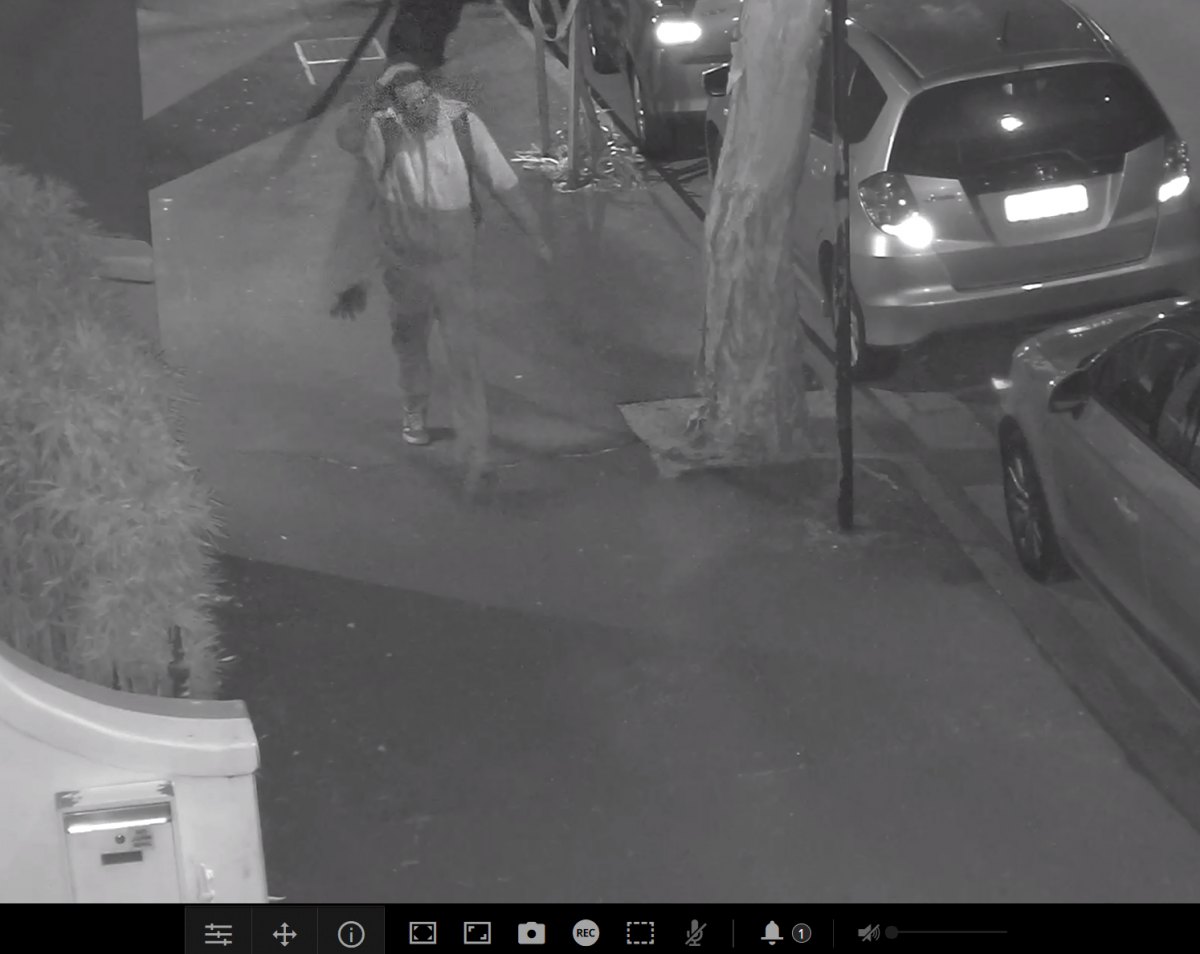
Next, I have a play with digital zoom and it’s definitely useful in terms of highlighting context and supporting other evidence, but you’re not getting face recognition. Instead, you’re getting association with other people, clothing colour, hair colour, accessories, shoe colour, and this detail is present in groups, even when one member is in the shade, while others are under streetlights.
Again, I note tone mapping, but there’s less evidence of motion blur – pedestrians are not dragging tails. Fast moving motorcycles have lost considerable detail by this point – there’s tone mapping and slight motion blur playing into their appearance in this scene, but there’s not the long tails of trudging shutter speeds, though my minimum shutter settings are 1/30sec default.
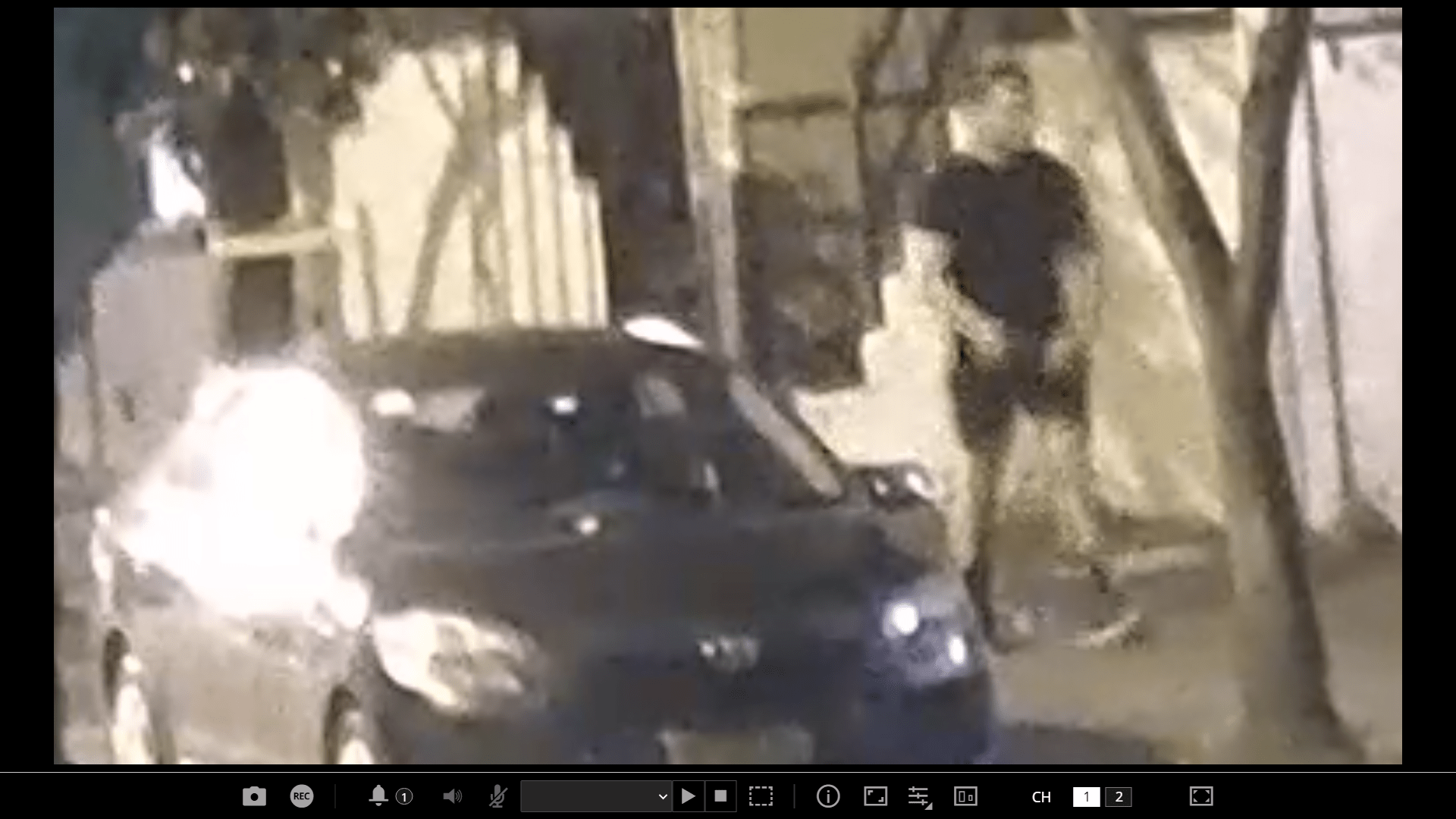
Very deep digital zoom of pedestrian at around 50 metres in sub 4 lux.
Before I bring the camera in after 9pm, it’s full dark and sub-4 lux at the lens, yet I’m still getting images that would be of interest in court, as well as admissible evidence whenever there’s any ambient light. And this is coming from a camera with far more and far smaller photo sites on its sensor than a third-incher. Taken as a whole, it’s been an impressive day from the Hanwha PNO-A9081R 4K Bullet.
Something I do have trouble with is getting the camera to go over into night mode – even when I select BW in settings and click ‘apply’, the camera stubbornly stays in colour – that makes it hard to say much about monochrome performance in the print edition, though we’ll play with camera settings and add those findings to the digital version published in SEN EDM.
Conclusion
Hanwha’s PNO-A9081R AI, IR, 4K Bullet is an impressive CCTV camera. It ticks many important boxes, including robust build and high ratings for weather and water that will guarantee longevity. Real time performance via the camera browser – think zoom and focus – were slower than they would have been with a VMS. Combined with its excellent resolution and solid performance against backlight and low light, VMS performance would be sparkling.

No account of the PNO-A9081R AI, IR, 4K Bullet would be complete without highlighting that AI functionality, which offers wonderful real time support for security operators. The camera’s ability to grab recognisable faces automatically and to stack them on-screen with attributes and times is a real superpower. From an operational perspective, the future looks like this. Thanks to its intuitive AI functionality and the relative strength of its optical performance supported by mountains of resolution, the PNO-A9081R comes highly recommended.
#sen.news




